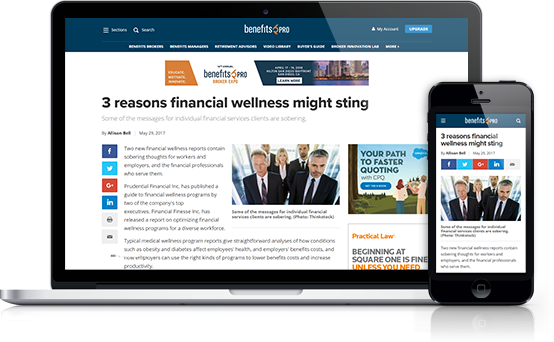Assigning beneficiaries is the easiest part of life insurance enrollment, right? Wrong. Employees often make mistakes when designating beneficiaries, which can lead to misunderstandings or financial difficulties for their families during already stressful times.
One of the most common mistakes is not updating beneficiary designations when life circumstances change. As part of your outreach during Life Insurance Awareness Month this September, encourage clients to remind employees about life changes that could prompt a beneficiary review. Marriage, divorce, births or adoptions are examples of milestones that often spur beneficiary changes.
As stewards of their employee benefits plans, remind your clients to prompt employees about beneficiary reviews — at least once every two years— to ensure employees' wishes are carried out when life insurance proceeds are distributed. Here are potential consequences if your clients don't properly update their beneficiary designations:
|New spouse is left out
Marriage is one of the most important times to consider updating beneficiary designations. To prevent problems down the road, make sure employees consider whether they should add their new husband or wife as a beneficiary. Also, newly married employees should inform his or her new spouse about where to find coverage certificates so that information is readily accessible if the need should arise.
|Kids can't access funds when needed
Births and adoptions also trigger the need to review, and consider updating, beneficiary designations. Remember, though, minor children cannot receive life insurance proceeds directly. Therefore, if employees want to make sure that their minor children, through individuals entrusted with their care, have access to the proceeds, they should consult with their legal advisor to determine the best way to achieve that result.
|Paperwork fail
Incomplete or inaccurate forms are more common than you think — and can invalidate beneficiary designations. Tell clients to check all designation forms for signatures and dates, and ensure the forms include full names, addresses and Social Security numbers of all beneficiaries. Also, if more than one beneficiary is named, make sure employees allocate a specific percentage of the proceeds to each beneficiary and remind clients to check that allocations add up to 100 percent.
Recommended For You
Complete your profile to continue reading and get FREE access to BenefitsPRO, part of your ALM digital membership.
Your access to unlimited BenefitsPRO content isn’t changing.
Once you are an ALM digital member, you’ll receive:
- Breaking benefits news and analysis, on-site and via our newsletters and custom alerts
- Educational webcasts, white papers, and ebooks from industry thought leaders
- Critical converage of the property casualty insurance and financial advisory markets on our other ALM sites, PropertyCasualty360 and ThinkAdvisor
Already have an account? Sign In Now
© 2025 ALM Global, LLC, All Rights Reserved. Request academic re-use from www.copyright.com. All other uses, submit a request to [email protected]. For more information visit Asset & Logo Licensing.








